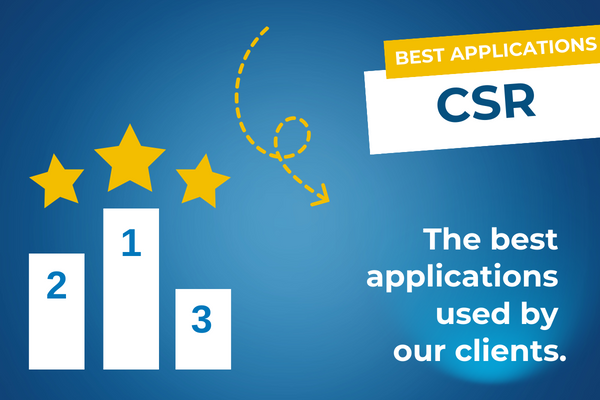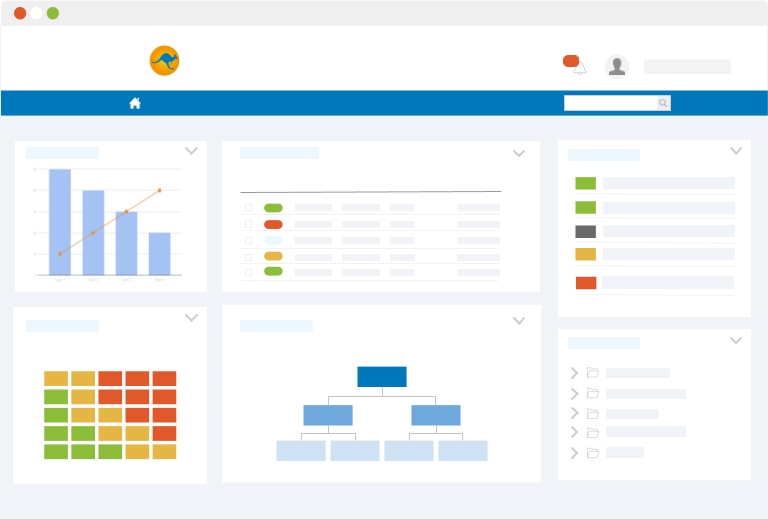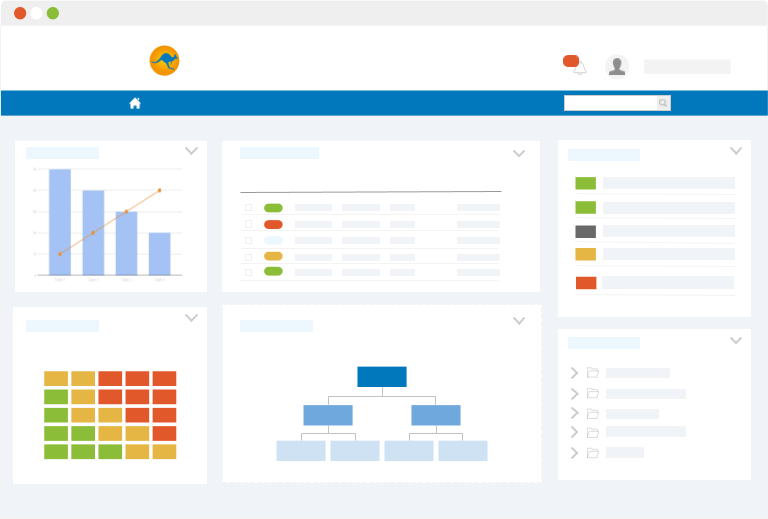What does ESG stand for?
ESG and non-financial reporting are the talks of the year. In 2022, Environmental Social and Corporate Governance is on a whole new level!
E (Environmental). It is the most “famous” pillar of ESG along with its corresponding metrics.
S (Social). The social pillar is all about the consideration of stakeholders and relationships. So, it is all about measuring the human factor in and outside the company, this also includes the company’s operations impact and supply chain management on the community surrounding it.
G (Governance). Governance first defines the mission, the long-term vision, the purpose, the corporate risk appetite and the culture that must be developed.
The Beginning of the ESG journey:
What is the difference between EHS and ESG?
It all started in the 80s with the implementation of EHS management in companies, alongside the publication and enforcement of new Laws, regulations and directives related to the Management of the environmental impact of operations and OHS issues. Then in the early 90s and the RIO summit, we started the talk about sustainable development, and at the end of the 90s-2000s, the CSR movement started.
In the last decade, ESG became the result of all this work over the years, and many frameworks and standards are now available to help guide companies through it all.
In terms of the difference between the EHS and ESG, there is non. EHS is compeletely included in ESG. The “E”, Environmental, exists in both. However, the “Social” part of ESG includes not only Occupational Health and Safety (the HS of EHS) but also CSR (Corporate Social Responsibility).
Why is EHS essential for a successful ESG strategy?
EHS functions are essential for a successful ESG strategy.
The E: Environmental: Monitoring, controlling, reporting and evaluating the environmental emissions of the company’s activity correlate with EHS functions. For example, GHG emissions (Scope1, Scope 2, Scope 3), monitoring waste management and water quality, etc.
The S: Social, the essence of EHS functions in every company. The safety and mental well-being of employees relies on EHS. In addition to reporting near misses, and incidents and implementing all the safety measures to guarantee the safety and health of stakeholders.
What are the upcoming standards?
The European Commission adopted in April 2021 a new directive, the CSRD (Corporate Sustainability Reporting Directive) that lead to the preparation of the new ESRS (European Sustainability Reporting Standard) by EFRAG (European Financial Reporting Advisory Group), which takes into account the EU Taxonomy Climate Act. And at the same time, and on an international level, the IFRS (International Financial Reporting Standards) established the ISSB (International Sustainability Standards Board) to work on the new IFRS sustainability standards related to ESG reporting, which are IFRS-S1 and IFRS-S2. Both IFRS sustainability standards and the ESRS drafts had been made public for feedback and comments before issuing the final versions by the end of 2022.
How do you build an ESG Strategy?
5 steps are recommended to implement ESG in your company:
Step 1: Choose the appropriate ESG framework and conduct a materiality assessment
Resources, goals, risks and opportunities and criteria for evaluating ESG metrics.
Step 2: Establish a Governance Structure
ESG committee and board oversight
Step 3: Conduct inventory and assess data collection and Governance practices
A comprehensive inventory of the company’s internal efforts, ESG information and data framework and implementation of the proper protocols to ensure data is reportable, repeatable, and auditable.
Step 4: Decide what to disclose and the adoption of the objectives
Identify which data points, events, goals, or accomplishments to disclose (investor and stakeholder)
Step 5: Determine communication channels
First, identify your key stakeholders (usually done in step 1), use valuable specific data and standard format as PDF or native HTML included on the website of the company.
You can use social media to give your ESG report more visibility but strong consideration needs to be given to how disclosure will be checked before making the report public.
How about a digital tool to make the right decisions?
Data collection for ESG reports can be challenging, especially when it is done manually! Adopting new technologies and making the right choices in which digital tools to invest in, is important to collect the needed information and data on a single platform. Centralising the data on a single platform will make it easy to monitor all the actions and the performance of EHS functions via dedicated KPIs. This will make it easier to take necessary corrective actions if needed. All the real-time data can be represented by dynamic dashboards that can easily integrate into your ESG reporting framework.
In addition to an internal scoring evaluation tool that will allow you to monitor your own performance regarding the adopted ESG metrics.
Finally, a digital tool can shed light on the differences and similarities between both sets of standards, ESRS and IFRS. This feature allows every company to make the right decisions by choosing the most appropriate standards while dressing its ESG strategy.
Need to simplify ESG in your company? Ask for a demo of BlueKanGo’s platform






